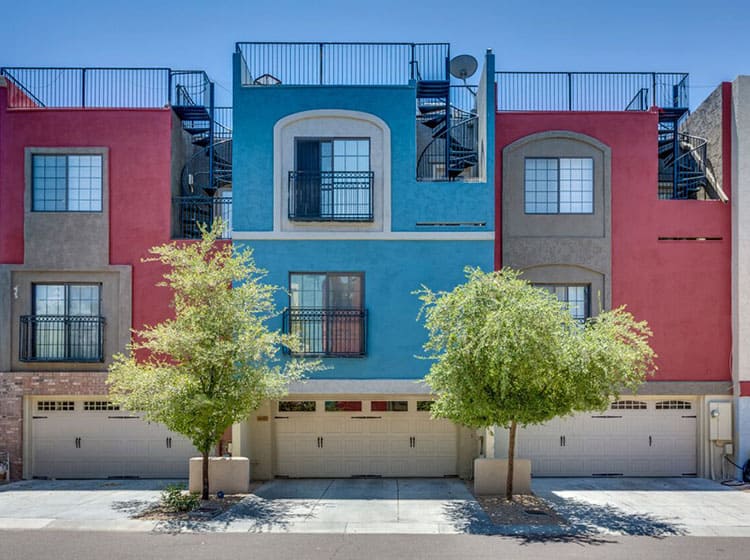Navigating Shade Option: A Strategic Guide For Commercial Exterior Painting
Navigating Shade Option: A Strategic Guide For Commercial Exterior Painting
Blog Article
Developed By-Joyce Rojas
When it pertains to industrial exterior paint, the shades you select can make or break your brand's charm. Comprehending how various colors affect assumption is crucial to bring in clients and constructing trust fund. However it's not just about personal choice; local fads and guidelines play a considerable duty as well. So, how do you locate the best balance between your vision and what resonates with the neighborhood? Let's explore the necessary variables that direct your shade options.
Recognizing Color Psychology and Its Influence On Company
When you select colors for your service's exterior, recognizing color psychology can substantially influence just how possible clients perceive your brand name.
Colors evoke emotions and set the tone for your organization. For example, blue commonly communicates trust and expertise, making it excellent for financial institutions. Red can develop a sense of seriousness, best for dining establishments and clearance sales.
On the other hand, eco-friendly symbolizes development and sustainability, interesting eco-conscious customers. Yellow grabs interest and sparks positive outlook, however too much can overwhelm.
Consider your target market and the message you want to send out. By choosing the best colors, you not just enhance your visual appeal yet also straighten your photo with your brand values, inevitably driving client involvement and commitment.
Studying Citizen Trends and Regulations
Exactly how can you guarantee your external painting choices resonate with the neighborhood? Start by looking into regional fads. Check out close-by companies and observe their color schemes.
Take note of what's popular and what feels out of area. This'll aid you align your selections with area visual appeals.
Next off, check neighborhood policies. https://lanesdnvv.is-blog.com/40964036/desire-a-home-that-is-full-of-quality-and-vibrancy-delve-into-the-understanding-of-proficient-residence-painters-and-discover-the-crucial-parts-that-transform-a-residence-right-into-a-genuine-home have standards on exterior colors, specifically in historical districts. You don't want to spend time and money on a combination that isn't compliant.
Engage with regional local business owner or area teams to gather insights. They can supply beneficial feedback on what shades are favored.
Tips for Integrating With the Surrounding Atmosphere
To develop a cohesive appearance that blends flawlessly with your surroundings, consider the natural surroundings and architectural designs close by. Start by observing the shades of nearby buildings and landscapes. Natural tones like greens, browns, and low-key grays commonly function well in all-natural setups.
If your building is near vivid urban areas, you could choose bolder colors that reflect the regional power.
Next off, think of visit the following internet page of your structure. https://www.bobvila.com/articles/can-you-paint-roof-shingles/ may gain from traditional colors, while modern layouts can embrace contemporary palettes.
Examine your color options with examples on the wall to see exactly how they connect with the light and environment.
Lastly, bear in mind any type of neighborhood guidelines or area aesthetics to guarantee your choice boosts, rather than encounter, the environments.
Final thought
In conclusion, choosing the best shades for your commercial outside isn't practically aesthetics; it's a calculated decision that impacts your brand name's assumption. By using color psychology, thinking about local patterns, and guaranteeing harmony with your environments, you'll develop an inviting environment that brings in clients. Do not forget to check samples before dedicating! With the best approach, you can boost your organization's aesthetic allure and foster long-term customer interaction and loyalty.
